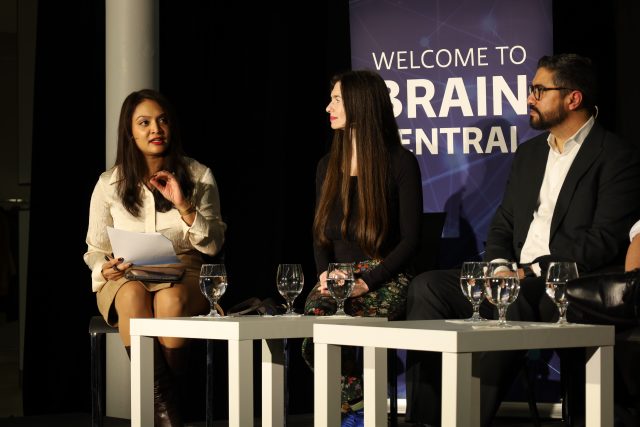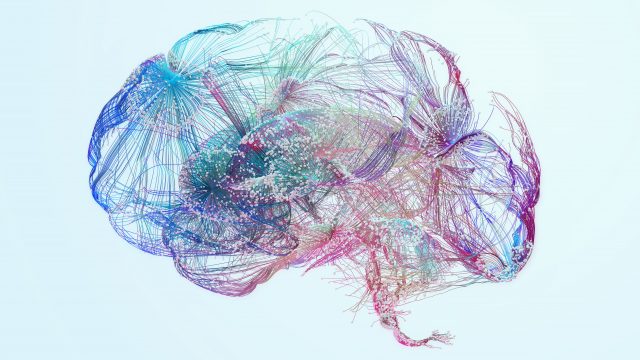At the risk of stating the obvious, the brain is complex and brain disorders represent a large and growing concern for global health. It’s likely that we all agree on the scale and importance of this problem, but like all big problems, there are many different approaches to reach a solution. Here in Ontario we are conducting an experiment. Our hypothesis is that supporting coordinated teams of people with diverse knowledge, perspectives, and skills is the right approach to solve a large and complex problem like the one brain disorders currently presents us with.
With funding from the Government of Ontario, OBI supports a network of over 300 people including researchers, clinicians, companies and entrepreneurs, and patients or patient groups. Each member of the network adds value to this collective effort. Whether it is an idea, research technique, or skill; whether they are providing, collecting, or analyzing data, each person contributes to the knowledge base at the foundation of this multidisciplinary investigation. Collectively, we can begin knitting together different types of data, integrating ideas in novel ways, and discovering connections that have not been made before. But to properly take this step we must embrace a ‘team science’ mentality.
I am pleased to share some examples with you of how the team science approach is working across the OBI network, and how it is helping us to better understand, diagnose, and treat brain disorders.
One example involves asking the right types of research questions. The Province of Ontario Neurodevelopmental Disorders (POND) Network, the James Lind Alliance, OBI, and a number of community partners are working together to survey patients, their families, and their doctors to learn what questions related to neurodevelopmental disorders they would like to see researched. Read more about this initiative and learn how you can participate.
Another example involves collecting and analyzing biological markers (biomarkers) to better inform how we predict, diagnose and treat brain disorders. Read about this big data approach and how the research data provided by our patient partners and collected by our researchers is being used across several disorders including dementia and depression.
Collecting data is just one part of the equation. The value of a team approach is that it helps with the integration of this data to ensure that this valuable information becomes most impactful. Learn how Brain-CODE, the OBI analytics and informatics platform, enables data sharing among researchers and see how it supports the collaborations that are advancing brain disorder research. You can also check out the other exciting updates from our research programs and learn what they have been up to over the last six months.
A final example of the team science approach involves the translation of research findings into marketable treatments. Learn how Ketogen and EpLink, a spin-off company and the epilepsy research program, are working together to develop a new way to help people with epilepsy gain better control of their seizures implementing findings initially derived from diet.
There is no question that the brain is complicated, which is part of the reason why understanding and treating brain disorders is often so difficult. In his book, The Biological Origin of Human Values, IBM scientist Emerson M. Pugh famously suggests that “if the human brain were so simple that we could understand it, we would be so simple that we couldn’t.” Perhaps the brain is too complicated for any single person to understand; however we have a much greater chance of not just understanding the brain but at improving the lives of those living with brain disorders when a ‘team science’ approach is employed.
All the above examples show how team science is helping us better understand brain disorders and creating new research opportunities that are changing the way brain research is conducted in Ontario. This approach is leading to better health outcomes for the millions of individuals in Ontario living with brain disorders and generating positive economic impacts through the development of a vibrant neurotechnology business sector. I am excited and encouraged by the results of this experiment. And although it is still early, this approach seems to be working.

